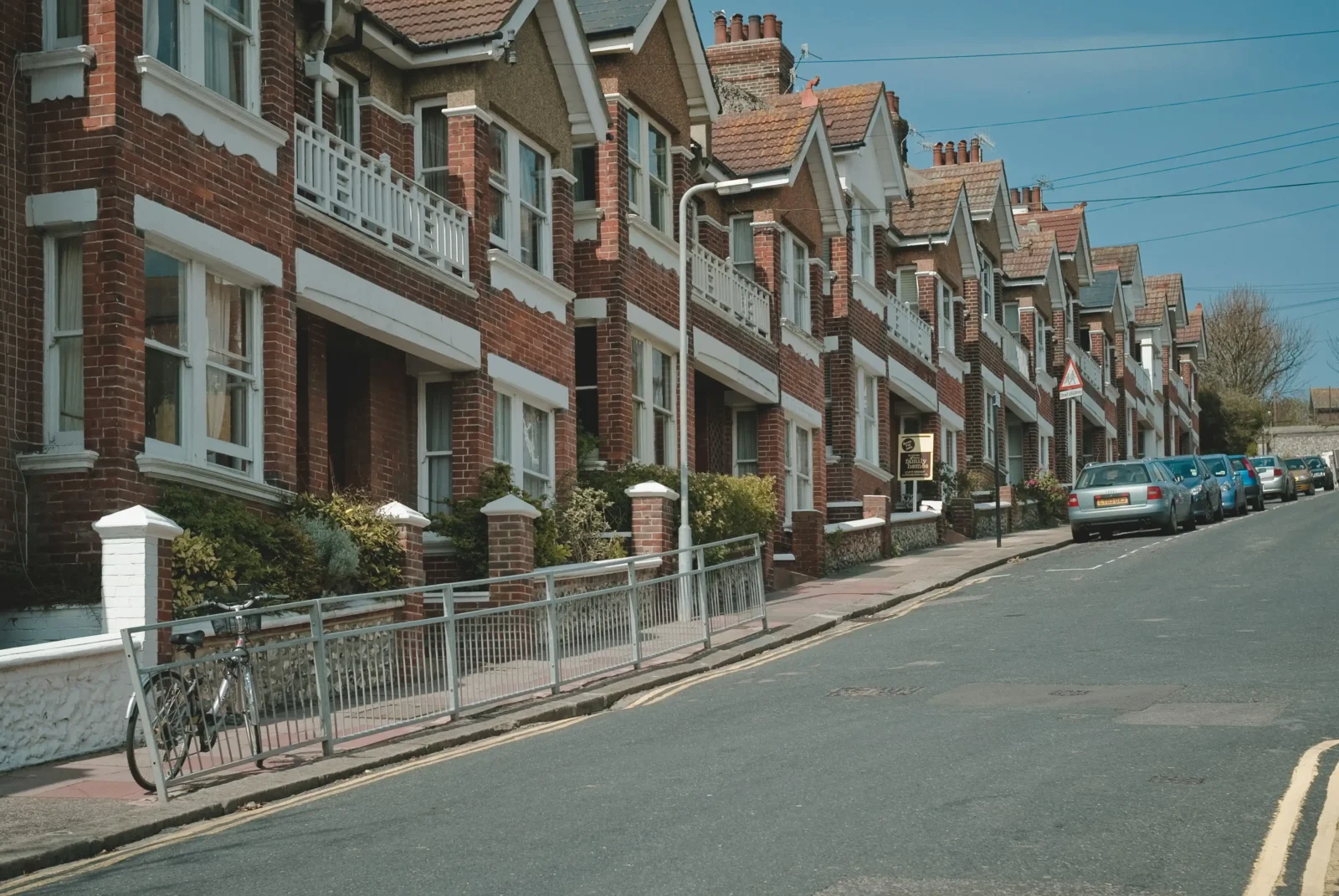- Home
- Articles
- Architectural Portfolio
- Architectral Presentation
- Inspirational Stories
- Architecture News
- Visualization
- BIM Industry
- Facade Design
- Parametric Design
- Career
- Landscape Architecture
- Construction
- Artificial Intelligence
- Sketching
- Design Softwares
- Diagrams
- Writing
- Architectural Tips
- Sustainability
- Courses
- Concept
- Technology
- History & Heritage
- Future of Architecture
- Guides & How-To
- Art & Culture
- Projects
- Interior Design
- Competitions
- Jobs
- Store
- Tools
- More
- Home
- Articles
- Architectural Portfolio
- Architectral Presentation
- Inspirational Stories
- Architecture News
- Visualization
- BIM Industry
- Facade Design
- Parametric Design
- Career
- Landscape Architecture
- Construction
- Artificial Intelligence
- Sketching
- Design Softwares
- Diagrams
- Writing
- Architectural Tips
- Sustainability
- Courses
- Concept
- Technology
- History & Heritage
- Future of Architecture
- Guides & How-To
- Art & Culture
- Projects
- Interior Design
- Competitions
- Jobs
- Store
- Tools
- More
Discover How Minimalism in Design Boosts Productivity in Your Space
Explore how minimalism transforms spaces to enhance productivity and well-being. Discover principles of minimalist design, including clean lines, open layouts, and neutral colors that reduce distractions and foster creativity.efficiency at home and work.

In today’s fast-paced world, we’re all seeking ways to boost productivity and streamline our lives. One approach that’s gained significant attention is minimalism, particularly in how we design our spaces. By embracing simplicity, we can create environments that foster focus and efficiency, allowing us to thrive both personally and professionally.
Minimalism isn’t just about having fewer things; it’s about making intentional choices that enhance functionality and clarity. When we eliminate clutter, we reduce distractions, which can lead to improved concentration and creativity. This design philosophy encourages us to prioritize quality over quantity, leading to spaces that are not only aesthetically pleasing but also highly functional.
As we explore the impact of minimalism on productivity, we’ll uncover how thoughtful design can transform our workspaces and homes. By understanding the principles of minimalism, we can create environments that support our goals and enhance our well-being. Let’s dive into how these minimalist spaces can help us achieve more with less.

Table of Contents
ToggleUnderstanding Minimalism in Design
Minimalism in design emphasizes simplicity and function. By focusing on essential elements, we create spaces that enhance usability and purpose. Minimalist design often includes clean lines, open spaces, and neutral color palettes, reducing visual noise and fostering a calm atmosphere. This simplicity aids concentration and reduces stress, making it an effective approach in both homes and workplaces.
Minimalist color palettes typically consist of whites, grays, and earth tones, allowing for subtle accents to personalize the space without overwhelming it. Furniture and decor are chosen for their function and form, ensuring each piece serves a purpose. Efficient storage solutions keep spaces organized, while eliminating unnecessary items prevents distraction.
Incorporating natural light is another key aspect of minimalist design. Large windows, strategic lighting, and open floor plans allow natural light to flow freely, creating a sense of openness and connection with the outdoors. This connection not only enhances mood but also boosts productivity by promoting well-being.
Through strategic choices and intentional design, we can create environments that support our productivity. By embracing minimalism, we foster spaces that are not only aesthetically pleasing but also highly functional. This synergy of form and function paves the way for enhanced focus and creativity in our daily lives.
The Principles of Minimalist Design
Minimalist design emphasizes simplicity and functionality, helping us create spaces that support productivity and well-being. By focusing on essential elements, we can eliminate distractions and foster a peaceful environment.
Simplicity and Functionality
Simplicity and functionality form the foundation of minimalist design. We prioritize essential items only, ensuring each piece serves a clear purpose. Multi-functional furniture, like a sofa bed or a desk with storage, maximizes usability while minimizing space. We strive for open layouts, reducing visual clutter and promoting easy navigation throughout the space.
Use of Neutral Colors and Clean Lines
Neutral colors and clean lines define the aesthetic of minimalist design. We use shades like whites, grays, and earth tones to create a calm atmosphere. These colors allow personalization through subtle accents without overpowering the environment. Clean lines in furniture and architecture sharpen a space’s look, contributing to a streamlined, organized feel. Through these principles, we enhance focus and reduce stress, supporting our productivity goals.

How Minimalist Spaces Enhance Productivity
Minimalist spaces significantly affect productivity by creating environments that support focus and creativity. By integrating the principles of simplicity and function, these spaces foster a productive atmosphere.
Reducing Clutter and Distractions
Minimalist spaces reduce clutter by prioritizing essential items, minimizing distractions. This approach enhances our ability to concentrate on tasks. For example, fewer objects in a workspace lower the cognitive load, enabling us to allocate more mental resources to productivity. Research from Princeton found that clutter competes for attention, affecting performance and increasing stress. A tidy space, therefore, fosters a focused and calm working environment.
Promoting Focus and Mental Clarity
A minimalist design promotes focus by providing a serene atmosphere that aids mental clarity. The use of neutral colors and clean lines decreases visual noise, helping us maintain attention on our tasks. Open spaces also facilitate a clear line of sight, reducing visual interruptions. Studies suggest that a peaceful environment boosts cognitive function and decision-making, which helps in sustaining long periods of focus. By ensuring our surroundings are devoid of unnecessary distractions, we cultivate an environment conducive to efficient work and creativity.

Psychological Effects of Minimalism on Productivity
Minimalism plays a crucial role in shaping our mental state, which directly influences our productivity. The simplicity and organization inherent in minimalism impact various psychological factors, including stress and creativity.
Influence on Stress Levels
Minimalist environments help reduce stress by removing clutter, which often causes tension. An untidy workspace forces our brains to process irrelevant stimuli, consuming mental energy and increasing anxiety. When the space is clean and orderly, stress levels decrease as our surroundings become more predictable and calming. Studies indicate a strong correlation between organized environments and lower cortisol levels, the hormone associated with stress. By simplifying our environments, we create a sense of control and tranquility, promoting relaxation.
Boosting Creativity and Innovation
A minimalist space fuels creativity and innovation by providing clarity and focus. When distractions are minimized, we allocate more cognitive resources to creative tasks. Clean lines and open spaces encourage free thinking, removing barriers to innovative problem-solving. Research shows that environments with minimal distractions enhance our capacity to generate new ideas. By fostering a setting that supports mental clarity, minimalism allows us to explore thoughts and concepts without constraint, ultimately enhancing our creative capabilities.

Practical Tips for Designing Minimalist Spaces
Designing minimalist spaces enhances productivity by fostering focus and mental clarity. Effective planning transforms our environments into serene hubs of creativity.
Choosing Essential Furniture and Decor
Selecting the right furniture and decor is crucial for minimalist design. We focus on pieces with clear purposes, using multi-functional items like a sofa bed or a foldable dining table. This approach maximizes usability and open space. We choose designs with clean lines and neutral colors to maintain a calm atmosphere. Decorative elements should be minimal and meaningful, such as a single piece of artwork or a potted plant, enhancing the space without overwhelming it.
Optimizing Natural Light
Natural light plays an essential role in minimalist spaces by enhancing mood and productivity. We position desks and workstations near windows to harness daylight during working hours. Use light, sheer window treatments or go without, allowing sunlight to flow freely. If natural light is limited, strategic placement of mirrors can help amplify and distribute light throughout the room, creating a brighter and more inviting space.
Conclusion
Designing spaces with minimalism at their core profoundly impacts productivity by fostering environments where focus and mental clarity thrive. As we’ve explored, the deliberate choice of essential items and open layouts reduces distractions and promotes efficient work and creativity. By incorporating natural light and selecting neutral color palettes, we enhance these spaces’ calming effect, further supporting stress reduction and concentration. Whether in workspaces or homes, embracing minimalism offers a clear path to improved functionality and well-being, ultimately enhancing our ability to achieve our productivity goals.
- boost productivity with design
- clean design benefits
- create productive spaces.
- declutter workspace
- design for productivity
- efficient space design
- functional minimalist design
- minimal design strategy
- minimalism and productivity
- Minimalist Design
- minimalist home office
- minimalist office setup
- minimalist workspace ideas
- modern minimalist design
- organizational design tips
- productive office design
- productivity design tips
- simple design for productivity
- space optimization tips
- workspace minimalism
1 Comment
Submit your architectural projects
Follow these steps for submission your project. Submission FormLatest Posts
Online 3D Terrain Mapping Tools for Urban and Landscape Design in 2025
A curated guide to the best online 3D terrain mapping tools in...
10 Interesting Facts About Zaha Hadid
Zaha Hadid was a visionary architect whose fluid forms, bold experimentation, and...
Common Emergency Repairs Every Homeowner Should Be Ready For
For most of us, when something goes wrong, we have a propensity...
Designing, Retrofitting, and Valuing Non-Standard Homes in Britain
Britain’s housing stock carries a quiet contradiction. From the street, many homes...












This blog covers important and relevant topics that many are afraid to address Thank you for being a voice for the voiceless